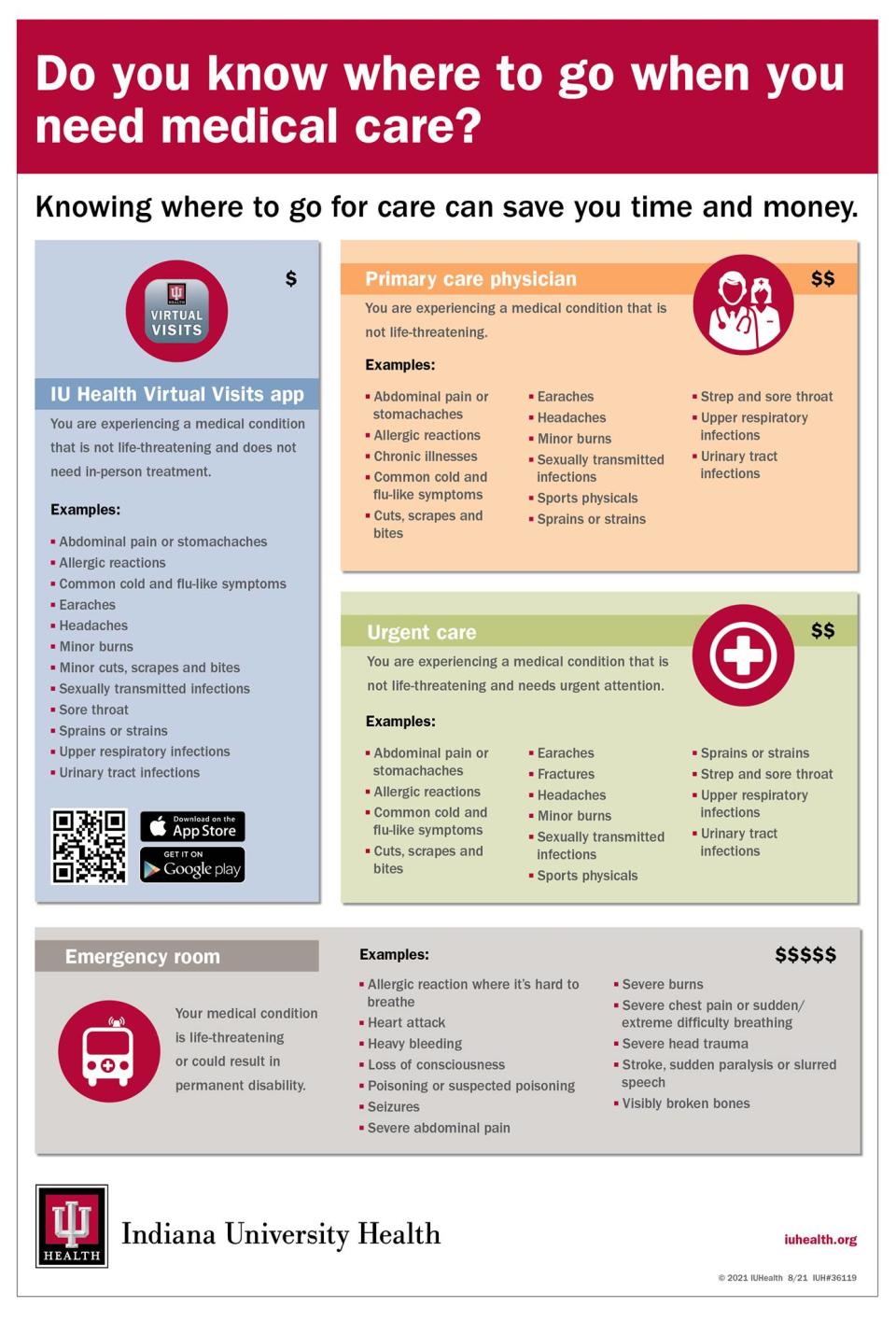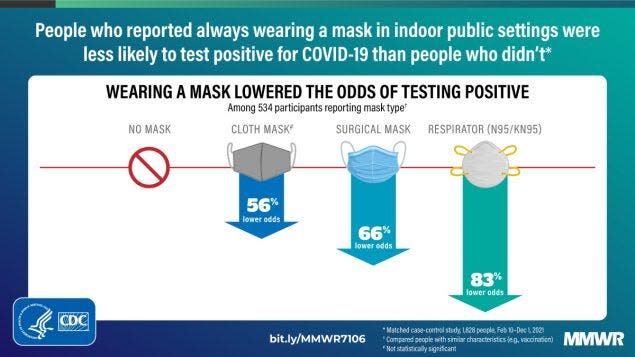IU Health COVID hospitalizations still high, but leaders 'optimistic' about trajectory
Leaders from Bloomington, Monroe County and Indiana University expressed cautious optimism Friday about where the community's coronavirus numbers are headed.
During a livestreamed, online call with media on Friday, local officials noted transmission rates and COVID-19 cases in Monroe County and at IU are declining. The state's coronavirus dashboard reported 78 new positive cases in Monroe County for Feb. 10, with a positivity rate of 18% for the week of Jan. 29 to Feb. 4. Most recently, the dashboard indicated 441 weekly cases per 100,000 residents in Monroe County, a marked decline from previous weeks. In January, weekly cases were as high as 1,452 per 100,000.

Tests, COVID-19 numbers and more: What you need to know about COVID testing sites and vaccinations in Monroe County
"We do remain in a red advisory this week with high transmission," Penny Caudill said. "But there are glimmers of hope ... and we continue to see improvements across the county and the state."
Monroe County's death toll over the course of the pandemic among people with active cases of COVID-19 stood at 254 Friday on the state's dashboard, up from 238 on Jan.12 and 200 on Oct. 22.
Caudill said the biggest reductions in transmission have happened in the northern part of the state, where the omicron surge first started in Indiana. She highlighted recent guidance from the CDC about masking, which indicates people can greatly increase their own protection from the coronavirus by properly wearing a mask indoors when in public. Such protection increases when respirators like N95 and KN95 masks are used.
Among people who always wear a mask indoors when in public, the study found a cloth mask reduced their COVID-19 infection risk by 56%. A surgical mask reduces the risk by 66%, while respirators like N-95s reduce the risk of contracting coronavirus by 83%. Caudill reminded people that a cloth mask worn properly is still better than a respirator worn improperly.

Caudill said discussions at the most recent Monroe County Board of Health meeting Thursday night reflected that the current situation "looks very different" from the fall of 2021, and the board won't use the same metrics in making its upcoming decisions on future health orders.
Caudill expected the county's health order will expire when Gov. Eric Holcomb's executive order ends March 4. The Monroe County Board of Health will meet again on March 3, where any future health orders will be discussed and potentially approved.
"They are meeting on the third so that they can do a last look at where we are, and they can look at if it looks like the governor is going to extend that order," Caudill said.
However, she indicated the health board would remain active in recommending proven public health measures such as vaccination and masking. Caudill expected the health board will draft recommendations for whenever the current regulations end.
Others are reading: Bloomington man faces murder charge after body found wrapped in blankets tied up with rope
Though "optimistic" about the week's COVID-19 and patient numbers, IU Health South Central Region President Brian Shockney said hospitalizations are still high due to patients who are seriously ill from coronavirus. "While we're seeing the numbers start to come down this past week, it's still not reducing the number of beds we need here in our hospitals in the South Central Region yet."
Shockney said region hospitals were able to increase surgery volume in the past couple weeks. If positive trends continue, Shockney thought the queue for non-emergent surgeries could start moving again as soon as next Monday.
But Shockney urged patience. "Hundreds of patients are backlogged for elective surgeries given the latest surge, and it's been two months since IU Health Bloomington opened the surgery schedule outside of emergent and highly urgent surgeries," he said.
Community members can do their part to lighten the load on hospital staff and keep surgeries moving by seeking the appropriate level of care for their illnesses and injuries. Shockney urged people to visit urgent care centers and walk-in clinics in non-emergency situations rather than coming to the hospital's emergency department.
Public health officials like Caudill and IU's Dr. Aaron Carroll may have to be judicious in how they approach their future recommendations and guidance in times of increased transmission. Not everyone will be easily persuaded to return to mask-wearing and social distancing, even temporarily.

Caudill thought additional regulations might not be necessary in the case of future upticks in coronavirus transmission, if the county can do a good job with its messaging. She also noted a cultural shift is happening, as some Americans indicate they will stick to wearing masks when the situation calls for it.
"We don't want to wait until we're in a surge if numbers appear to be going up," Caudill said. "Even with no additional regulations, we can get messaging out to people to let them know that they may want to consider various prevention strategies. And I've said this before, and I think it's true, I think we will see more people wearing masks at various times than we've ever seen before."
According to Carroll, there are two schools of thought in public health circles at the moment. "Some people fear that if we lift any restrictions, it'll be very hard to get them back, so that we should hold on to things as long as possible," he said. "The other school of thought is if we don't give people a break, and we don't actually respect that when things get better ... then they'll be less likely to advance again in the future, because they won't believe us when we say we'll pull it back again."
Carroll said he generally preferred to pull back some restrictions as things improve, and thought more places around the United States would do so in the coming weeks if trends hold. "We're going to need to be able to have a breather in case we have to ratchet back up again," he said.
Contact Patrick McGerr at pmcgerr@heraldt.com, 812-307-5636, or follow @patrickmcgerr on Twitter.
This article originally appeared on The Herald-Times: Officials optimistic about coronavirus in Bloomington, Monroe County

